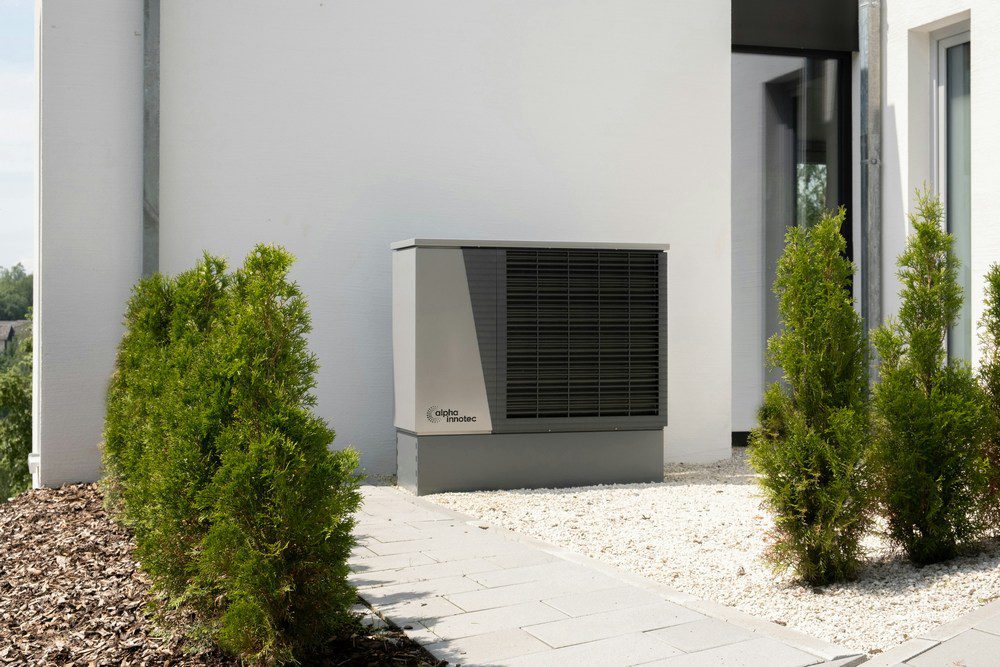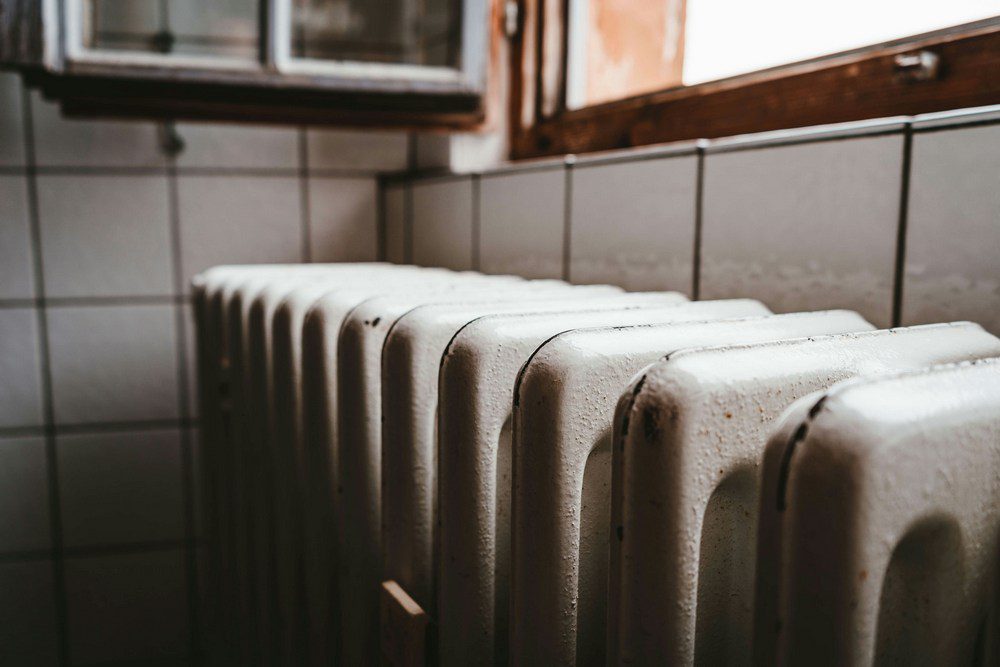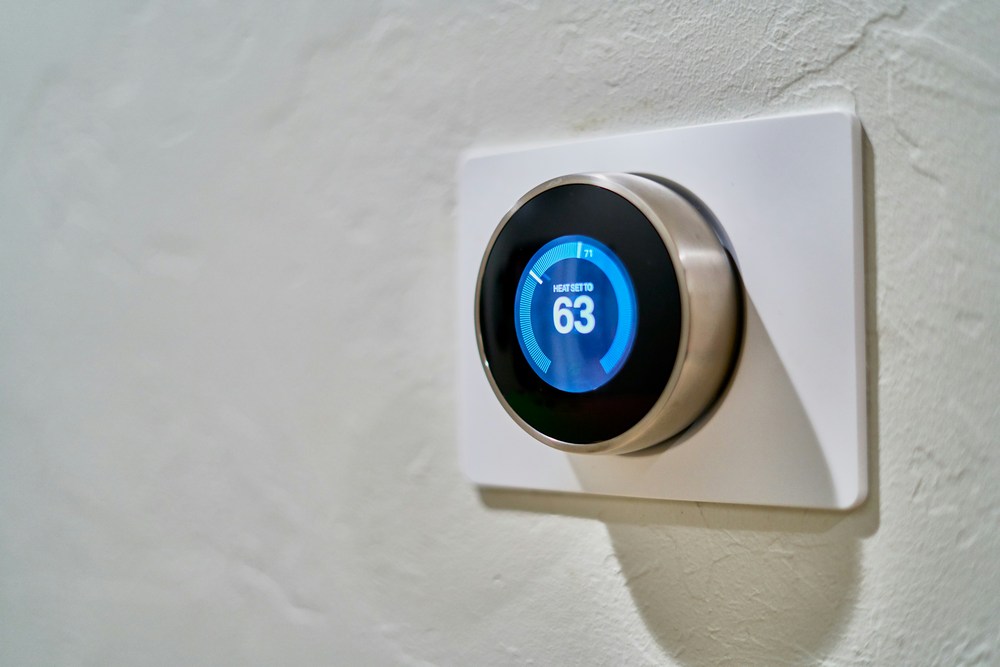Heating, ventilation, and air conditioning (HVAC) systems are essential for creating a comfortable indoor environment by controlling the temperature, air purity, and humidity. On top of that, they’re also critical for your health: the quality of the air you breathe can have serious implications for your wellness.
Contents
Heating and Cooling 101: Exploring Different HVAC Systems and Their Benefits
With so many different systems available, there’s something to suit every budget and building, and the choices can be overwhelming. To ensure you make the right decision, it’s important to first understand the benefits and limitations of each type of installation before you start looking for HVAC contractors.
In this guide, we’ll explore the available options, their advantages, and how they can impact your home’s comfort and energy efficiency.
Central Air Conditioning Systems
Central air conditioning systems work by distributing cool air throughout your home via ductwork. Warm air is sucked out from inside your home, passed through filters to remove pollutants and dust, cooled using liquid refrigerant, then blown back into your living space.
Components include an outdoor condenser unit, an indoor evaporator coil, and a system of ducts. They come with a host of benefits, most notably their discrete integration. They’re designed to operate quietly and without bulky equipment, and they can be hooked up to a smart thermostat for energy-efficient, modern home management.
However, there are some drawbacks. This kind of system cools your whole home, so it’s not ideal if you want to control the temperature in different areas. Naturally, this can also affect your energy bills: cooling your entire house uses more energy than cooling one room. High installation and maintenance costs may also be off-putting.
Ductless Mini-Split Systems
Ductless mini-split systems have an outdoor compressor and an indoor unit linked by a cable, tubing, and drain. They don’t require ductwork, making them a popular retrofit option. The indoor unit is typically wall-mounted or ceiling-mounted and usually comes with a remote control for easy operation.
Along with its compact design, a ductless mini system is often more efficient than traditional AC because there’s no energy loss through the ducts, which can be up to 40%. This system also provides zoned heating and cooling, so you can control the temperature in different rooms independently.
Heat Pumps
Like mini-splits, heat pumps provide both heating and cooling by transferring heat between your home and the outdoors (with a unit in each environment). The two systems are very similar, but a heat pump uses ductwork and is controlled centrally with a wall-mounted thermostat rather than individual remote controls. Typically, modern heat pumps have a lower carbon footprint compared to traditional central heating and cooling systems.
You could install ductwork dampers and multiple thermostats to control different temperature zones or rooms, but this could get complicated and expensive. For a clearer understanding of how to properly fine-tune those systems, check out this detailed HVAC damper adjustment guide.
You could install ductwork dampers and multiple thermostats to control different temperature zones or rooms, but this could get complicated and expensive.
That being said, they’re still not as efficient as mini-splits because of energy lost through the ductwork.
Furnace Systems
A furnace uses gas, oil, or electricity to generate heat which is then distributed through ducts and air vents, or pipes and radiators. The components include a burner, heat exchanger, and blower. Since a furnace only provides heat, you’ll need to combine it with another HVAC system that uses the blower to create a cooling function.
The main benefit of a furnace system is its almost instantaneous heating power, ideal for large homes or cold climates. Many people prefer how it feels; it produces that traditional cozy, warm atmosphere.
On the other hand, they need more maintenance than other systems and use up to three times more energy. They can be loud and even leak impurities into the air. And let’s not forget: they only heat, not cool. All of this makes them quite inefficient and viewed as old technology.
Radiant Heating Systems
Radiant heating systems heat a room by warming the floor, wall panels, or even the ceiling via wire or hot water pipes. The heat is then emitted into the room via infrared.
Radiant heating systems don’t require ducts or grills, operate super quietly, and can add resale value to your property by adding a touch of luxury. However, there are a few cons; they’re expensive to install and slow to heat, and if your home isn’t well insulated, you can lose a lot of energy. 
Hybrid Systems
Hybrid systems combine an electric heat pump with a gas furnace, alternating between the two based on temperature and efficiency.
They’re best used in places that experience weather extremes: really cold winters, where a heat pump isn’t enough, and hot summers where air cooling is essential. They tend to be more eco-friendly, and while they have a higher initial cost, their life expectancy is up to 25 years, making them a great long-term investment.
Choosing the Right System
When choosing the right HVAC system for your home, there are a few things to consider. Your local climate is the first factor. Do you need the full and immediate heating power of a furnace, or are winters mild enough for a heat pump to keep the temperature comfortable?
Next, think about the size of your home. Larger homes may benefit from central systems, whereas smaller homes or apartments could be better served by a ductless system like a mini-split.
It’s important to weigh up the energy efficiency of different systems, too. At the end of the day, this will have a direct impact on your bills! Look for systems with high SEER (Seasonal Energy Efficiency Ratio) or HSPF (Heating Seasonal Performance Factor) ratings. Finally, consider the complexity of installation, the expense, and the long-term maintenance requirements.
Professional Installation and Maintenance
When it comes to HVAC, it’s rarely a good idea to go the DIY route. Hiring a professional not only ensures your system operates efficiently and lasts longer but also saves you time and hassle from repairs.
When you’re comparing HVAC contractors, don’t forget to check their reviews and experience. It’s a good idea to get multiple quotes and discuss your needs with a few different companies.
Understanding the Benefits of HVAC Systems
Take the time to weigh up your options before investing in the right HVAC system for your home. Learning the pros and cons will help you find the most efficient way to keep your family comfortable year-round.




